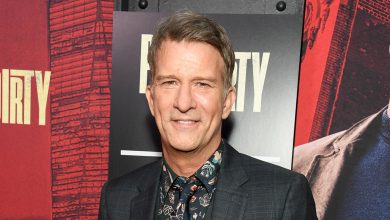10 Best Movie Musicals of All Time: Oscar-Winning Musical Films
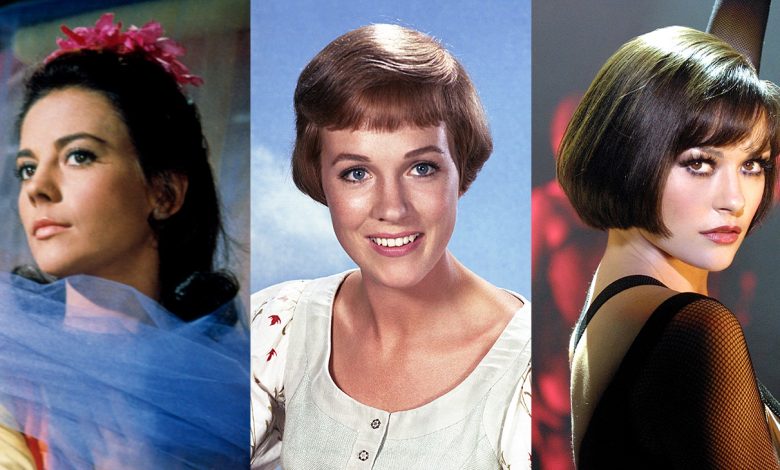
Throughout the nearly 96-year history of the Oscars, 10 musicals have won the Academy’s top prize of best picture — starting with 1929’s The Broadway Melody through the most recent winner, 2002’s Chicago.
Musicals were especially popular during the 1950s and ’60s, with six taking home the honor of best picture during those two decades, including such classics as West Side Story, My Fair Lady and The Sound of Music.
Overall, the Academy has nominated numerous other musicals for best picture over the years, like The Wizard of Oz, Mary Poppins and Funny Girl, which are considered classics today. However, those three films are among those that ultimately lost the top honor. While Wizard of Oz was beaten out by Gone With the Wind, Mary Poppins and Funny Girl both lost to other musicals — My Fair Lady and Oliver! — respectively.
And while a musical hasn’t taken home the best picture Oscar in 20 years, that doesn’t mean the Academy hasn’t continued to recognize the genre. For example, Bradley Cooper’s remake of A Star Is Born was nominated in 2019.
Could there be another musical that wins a best picture at the 2025 Oscars? Among the musical hopefuls this year are Wicked, Emilia Pérez, Better Man, The End, Kneecap, Mufasa: The Lion King and Mean Girls.
Below, take a look at the 10 movie musicals that have won best picture at the Oscars.
-
“”
‘The Broadway Melody’ (1929)
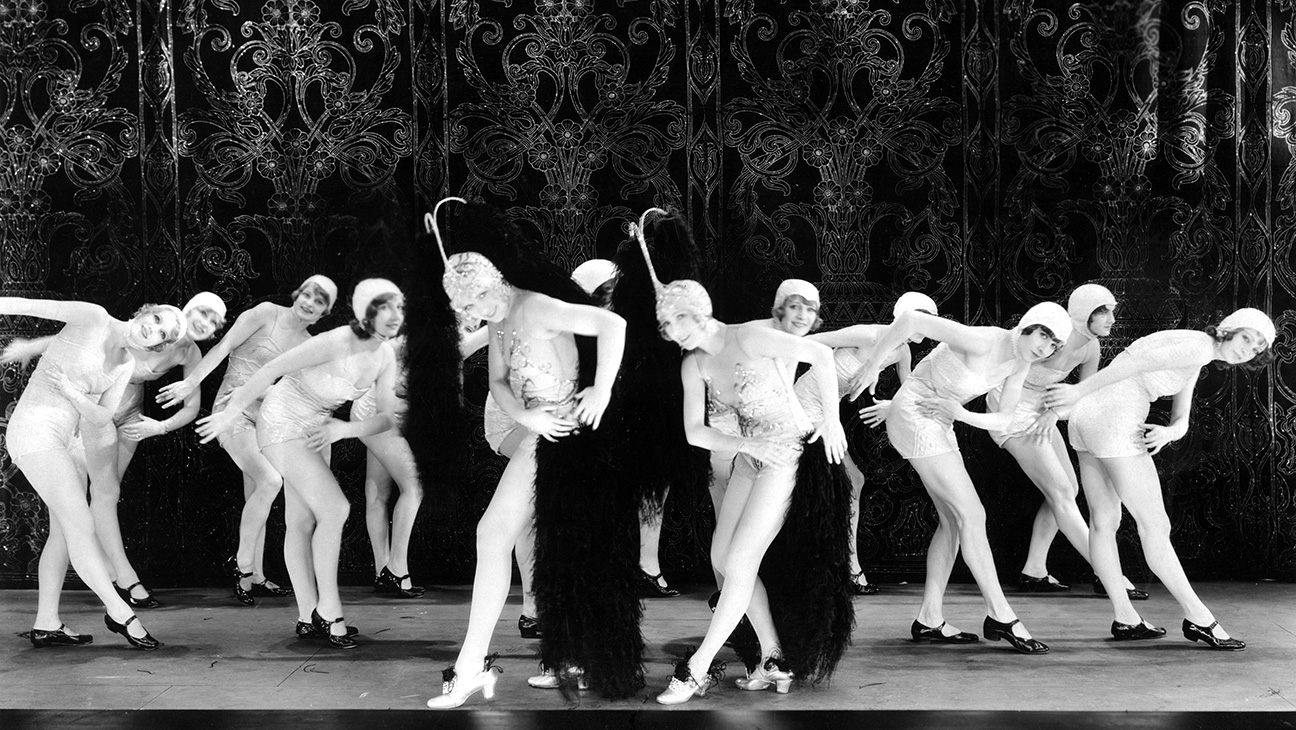

Image Credit: Everett Anita Page and Bessie Love star as the Mahoney sisters, a vaudeville act looking to make it big on Broadway. However, complications ensue when they find themselves in love with the same man (played by Charles King). The film was one of the first musicals to feature a Technicolor sequence, but all of those prints have been lost, and it’s available today only in black and white. The Broadway Melody was the highest-grossing film of 1929 and also earned Oscar noms for best actress (Love) and best director (Harry Beaumont).
“”
-
“”
‘The Great Ziegfeld’ (1936)
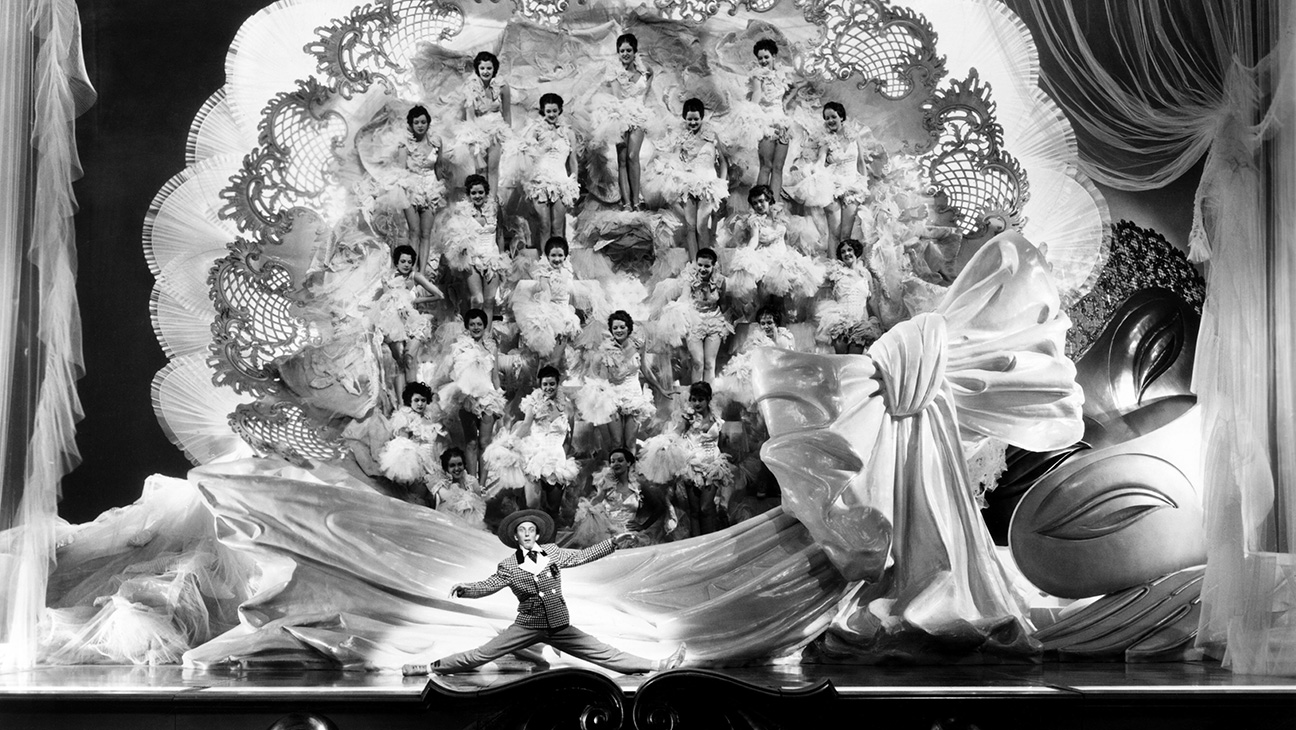

Image Credit: Everett The Great Ziegfeld, based on Broadway’s Zeigfeld Follies, was a fictionalized account of the life of Flo Ziegfeld Jr. (played by William Powell) as he built up his successful revue and follows him through the end of his life. Luise Rainer and Myrna Loy played versions of the real-life performers Anna Held and Billie Burke, respectively. Burke also acted as an adviser on the film, while Ziegfeld Follies performers including Fanny Brice and Harriet Hoctor played themselves in the movie. It was one of the most successful films of the 1930s, feature extravagant costumes, sets and choreography. In addition to best picture, The Great Ziegfeld also won Oscars for best actress (Rainer) and best dance direction (Seymour Felix). It also was nominated for four additional Oscars: best director (Robert Z. Leonard), best art direction (Cedric Gibbons, Eddie Imazu and Edwin B. Willis), best film editing (William S. Gray) and best writing, original story (William Anthony McGuire). MGM went on to make two more Ziegfeld films, 1941’s Ziegfeld Girl, with James Stewart and Judy Garland, and 1946’s Ziegfeld Follies, directed by Vincente Minelli.
“”
-
“”
‘Going My Way’ (1944)


Image Credit: Everett Bing Crosby plays a young priest, Father O’Malley, who is transferred from a church in East St. Louis to another in New York, where his style clashes with veteran priest, Father Fitzgibbon (Barry Fitzgerald). Going My Way, which went on to become the biggest box office hit of 1944, won a total of seven Oscars: best picture, best director (Leo McCarey), best actor (Crosby), best supporting actor (Fitzgerald), best screenplay (Frank Butler and Frank Cavett), best original motion picture story (McCarey) and best song for “Swinging on a Star” (Jimmy Van Heusen and Johnny Burke). Interestingly, Fitzgerald was nominated for both best actor and best supporting actor for his performance; afterward, the Academy changed its rules to prevent that from happening again. Going My Way also landed noms for best cinematography, black and white (Lionel Lindon) and best film editing (Leroy Stone).
“”
-
“”
‘An American in Paris’ (1951)
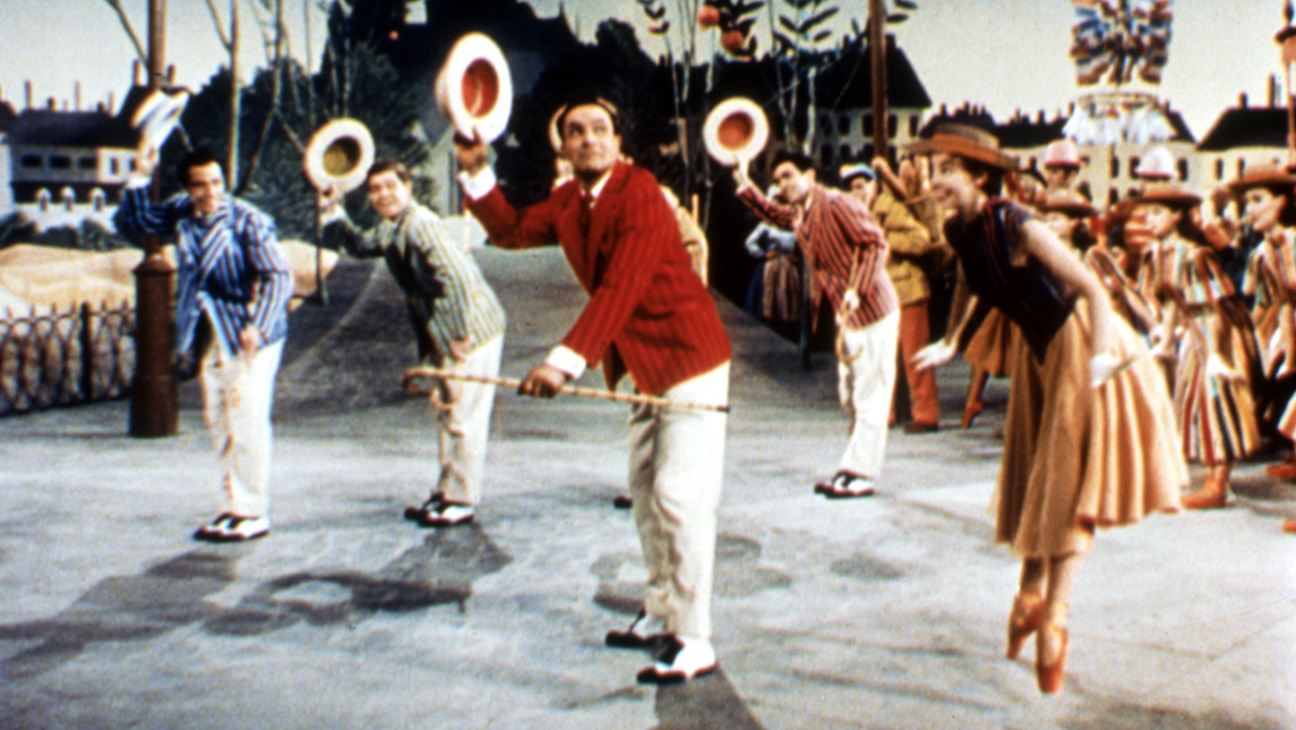

Image Credit: Everett Gene Kelly and Leslie Caron (making her film debut) star in this film about three Americans looking for work in Paris, two of whom fall in love with the same woman (Caron). George Gershwin wrote the music, while his brother Ira wrote the lyrics (music directors Johnny Green and Saul Chaplin also contributed). The movie has received praise for a 17-minute, dialogue-free ballet sequence, set to the title song, that cost a whopping (by 1950s standards) $450,000 to shoot. The film won a total of six Oscars, including best story and screenplay (Alan Jay Lerner), best art direction — color (Cedric Gibbons, E. Preston Ames, Edwin B. Willis and F. Keogh Gleason), best cinematography — color (John Alton and Alfred Gilks), best costume design — color (Orry-Kelly, Walter Plunkett and Irene Sharaff) and best scoring of a musical picture (Saul Chaplin and Johnny Green). In addition, the Academy bestowed an honorary Oscar on Kelly that same year. Other Oscar noms included for best director (Vincente Minnelli) and best film editing (Adrienne Fazan).
“”
-
“”
‘Gigi’ (1958)
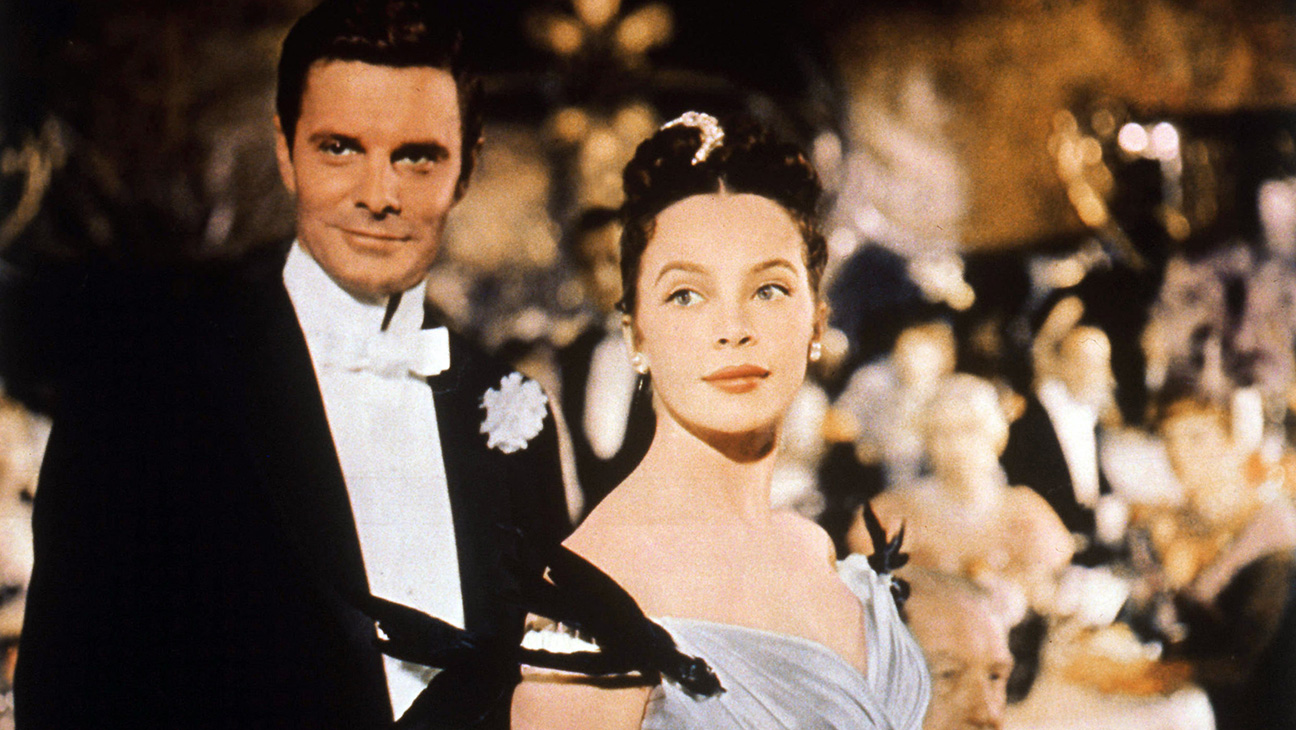

Image Credit: Everett Leslie Caron stars as a courtesan-in-training whose path crosses with a wealthy playboy (Louis Jourdan), who ends up falling in love with her. Gigi won Oscars in all nine categories for which it was nominated, a record at the time. In addition to best picture, its wins included best director (Vincente Minnelli), best adapted screenplay (Alan Jay Lerner), best production design (William A. Horning, E. Preston Ames, Henry Grace and F. Keogh Gleason), best cinematography (Joseph Ruttenberg), best costume design (Cecil Beaton), best film editing (Adrienne Fazan), best original score (André Previn) and best original song for “Gigi” (Frederick Loewe and Lerner).
“”
-
“”
‘West Side Story’ (1961)
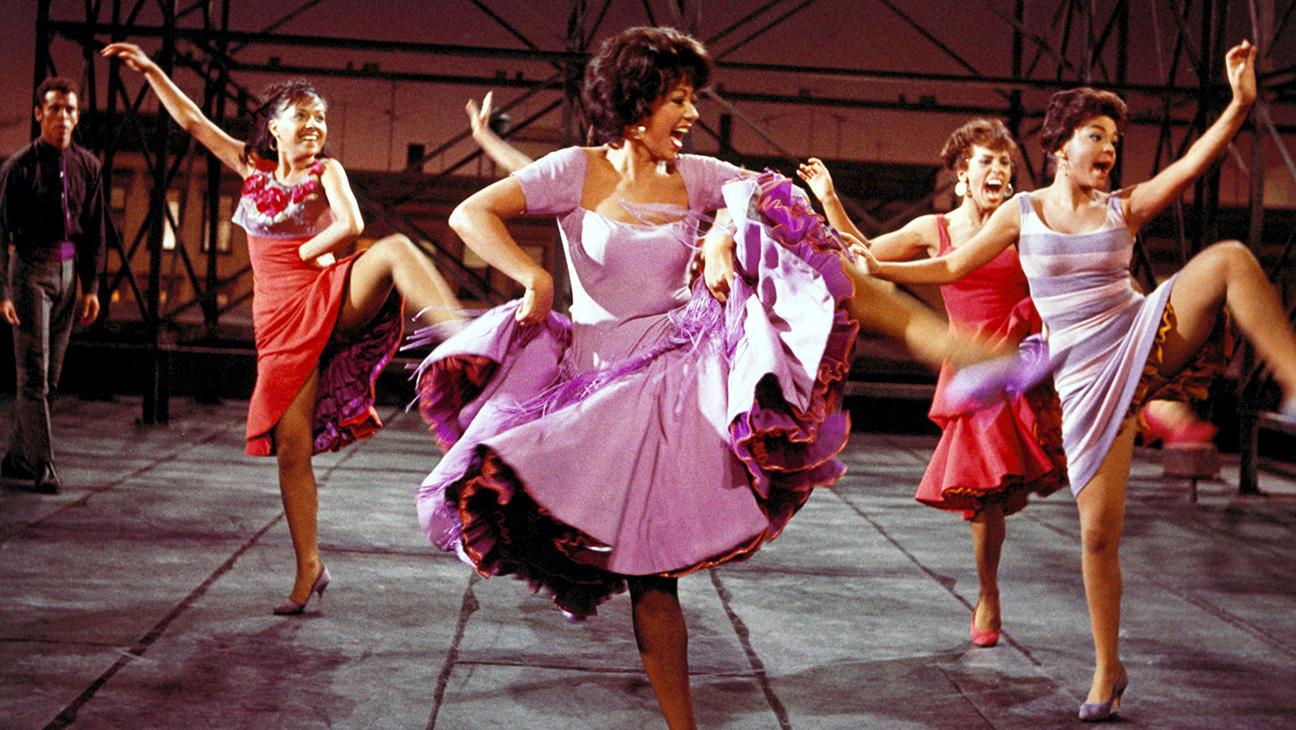

Image Credit: Everett This adaptation of the stage musical — conceived by Jerome Robbins with music by Leonard Bernstein, lyrics by Stephen Sondheim and book by Arthur Laurents — was directed by Robert Wise and Jerome Robbins and written by Ernest Lehman. It centered on two rival teenage gangs — the Jets and the Sharks — in 1957 New York City. At the heard of the story is Tony, a former member of the Jets, who falls in love with Maria, the sister of the Jets’ leader, and the fallout and tragedy that follows. The movie, which became the highest-grossing film of 1961, also won Oscars for best director, best supporting actor (George Chakiris), supporting actress (Rita Moreno), art direction — color (Boris Leven and Victor A. Gangelin), cinematography — color (Daniel L. Fapp), costume design — color (Irene Sharaff), film editing (Thomas Stanford), scoring of a musical picture (Saul Chaplin, Johnny Green, Irwin Kostal and Sid Ramin) and sounds (Fred Hynes and Gordon E. Sawyer). The musical was adapted for the big screen again in 2021 by Steven Spielberg, from a screenplay by Tony Kushner. It was nominated for seven Oscars, including best picture, with Ariana DeBose winning best supporting actress.
“”
-
“”
‘My Fair Lady’ (1964)


Image Credit: Everett There have been many iterations of this musical over the years, but this version was adapted from the 1956 stage musical by lyricist Alan Jay Lerner and composer Frederick Loewe based on George Bernard Shaw’s 1913 stage play Pygmalion. Written by Alan Jay Lerner and directed by George Cukor, the film stars Audrey Hepburn as Eliza Doolittle, a poor Cockney flower seller who catches the attention of phonetics professor Henry Higgins (Rex Harrison). Higgins bets that he can teach her proper English. The movie was the highest-grossing film of 1964 and went on to win best director, best actor (Harrison), best art direction — color (Gene Allen, Cecil Beaton and George James Hopkins), best cinematography — color (Harry Stradling), best costume design — color (Cecil Beaton), best scoring of music — adaptation or treatment (André Previn) and best sound (George R. Groves).
“”
-
“”
‘The Sound of Music’ (1965)
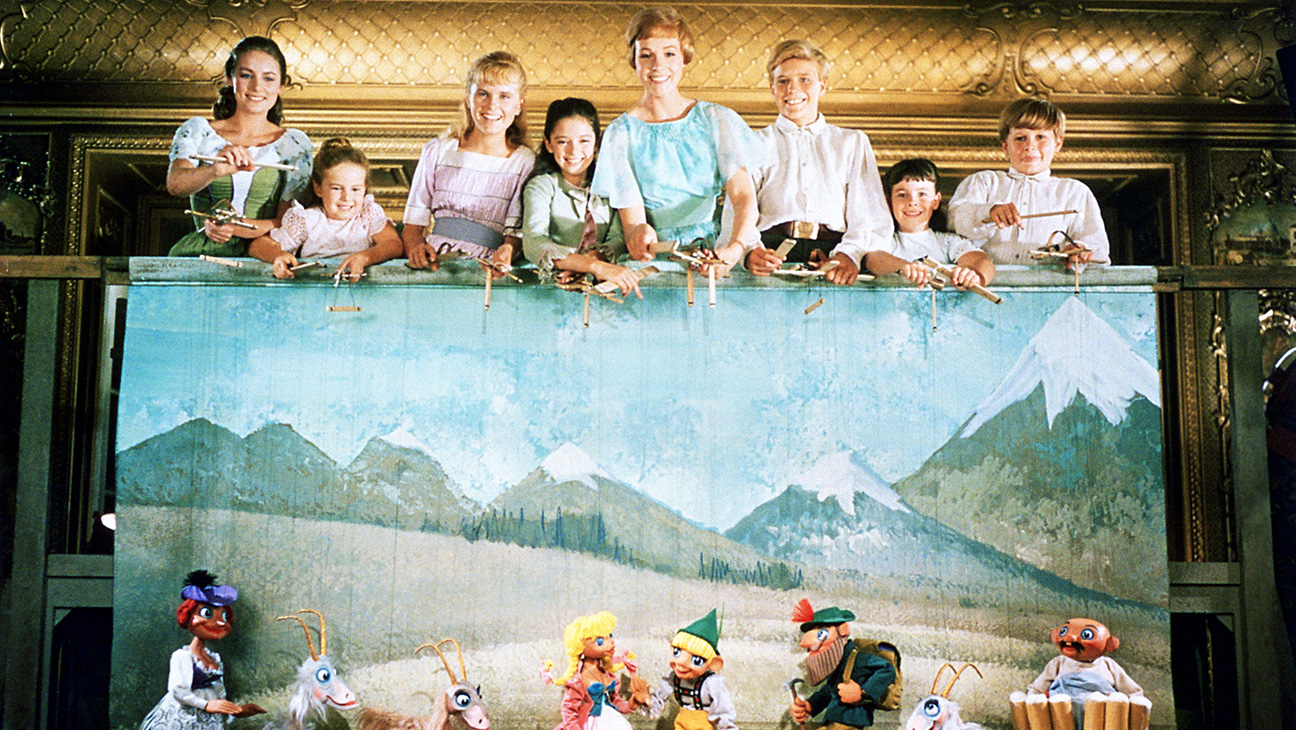

Image Credit: Everett Based on the 1949 memoir written by Maria von Trapp, The Sound of Music centers on Maria (Julie Andrews), who becomes a nanny to a family of seven kids as she’s weighing becoming a nun. She ultimately falls in love with the children’s widowed patriarch, Captain von Trapp (Christopher Plummer). When he is ordered to join the German navy, the family flees Austria rather than join forces with the Nazis. Directed by Robert Wise, the film was adapted by screenwriter Ernest Lehman from the 1959 stage musical that was composed by Richard Rodgers, with lyrics by Oscar Hammerstein II. It became the biggest box office hit of 1965. It also won Oscars for best director, best film editing (William H. Reynolds), best scoring of music — adaptation or treatment (Irwin Kostal) and best sound (James Corcoran and Fred Hynes).
“”
-
“”
‘Oliver!’ (1968)
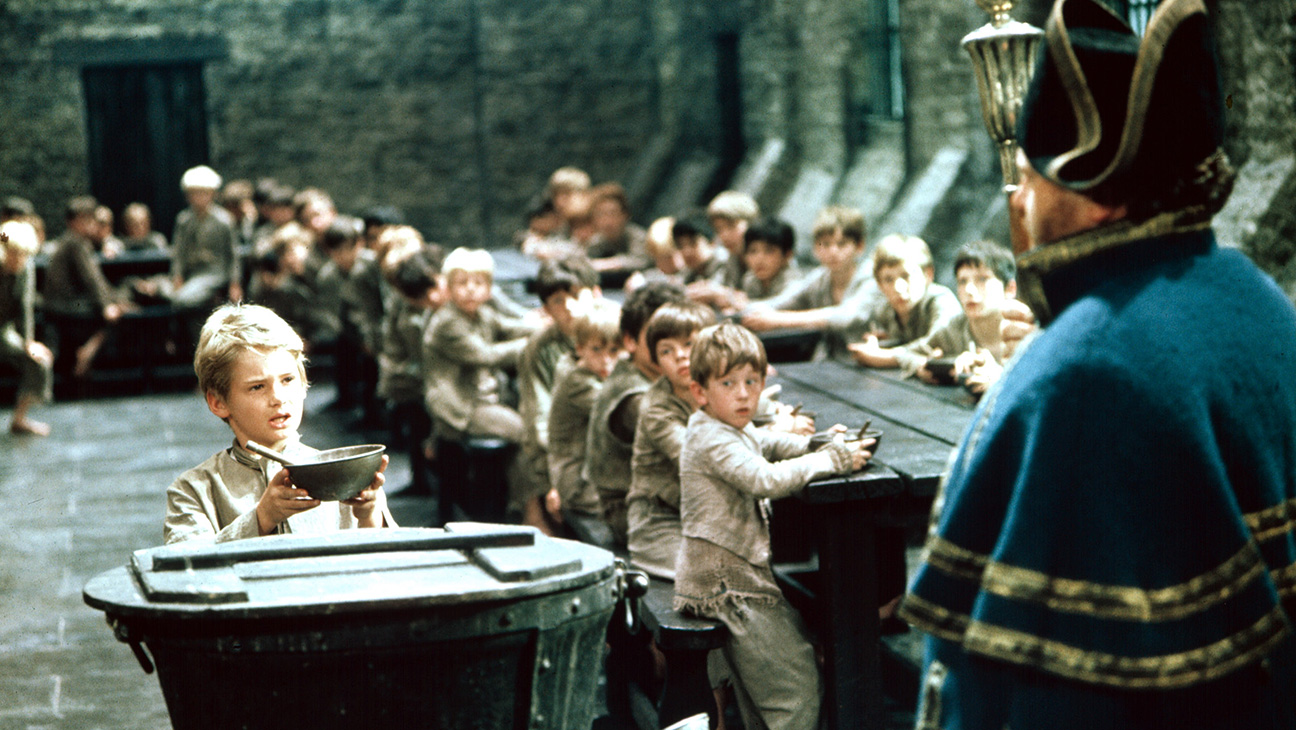

Image Credit: Everett Directed by Carol Reed from a screenplay by Vernon Harris, Oliver! was based on Lionel Bart’s 1960 stage musical, which itself was adapted from Charles Dickens’ 1838 novel Oliver Twist. It focused on a group of orphans, including Oliver (Mark Lester), who are forced to grovel for their food (“Please, sir, I want some more”). Oliver is sold and then escapes to London. The film also won Oscars for best director, best art direction (John Box, Terence Marsh, Vernon Dixon and Ken Muggleston), best score of a musical picture — original or adaptation (Johnny Green), best sound (Buster Ambler, John Cox, Jim Groom, Bob Jones and Tony Dawe) and an honorary Oscar for Onna White.
“”
-
“”
‘Chicago’ (2002)
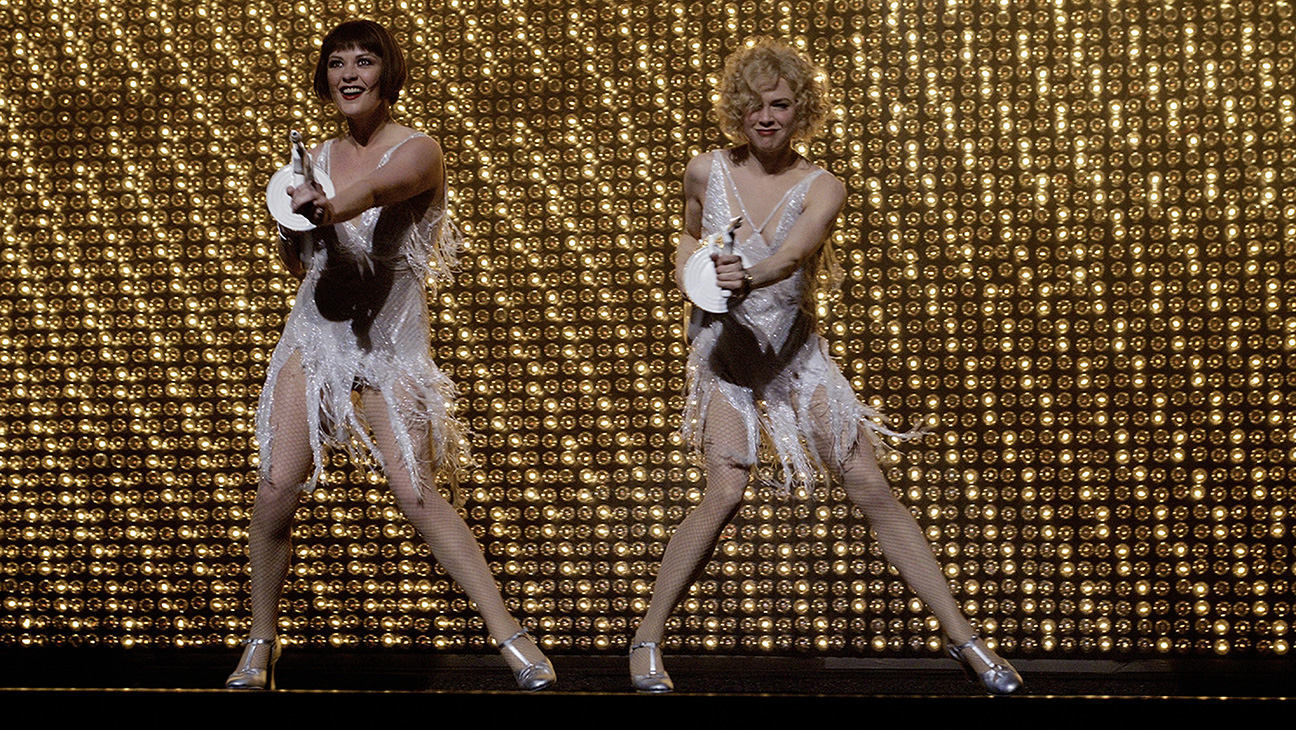

Image Credit: Everett It would be 34 years after Oliver! won best picture before another musical received the honor. Chicago, directed by Rob Marshall and starring Renée Zellweger, Catherine Zeta-Jones and Richard Gere, was based on Bob Fosse’s Broadway musical of the same name, which itself was based on Maureen Dallas Watkins’ Broadway play of the same name. Bill Condon wrote the screenplay, which told the story of two murderers — a housewife (Zellweger) and a vaudeville star (Zeta-Jones) — as they get locked up, go on trial and seek fame. The film also won Oscars for best supporting actress (Zeta-Jones), best art direction (John Myhre and Gordon Sim), custom design (Colleen Atwood), film editing (Martin Walsh) and sound (Michael Minkler, Dominick Tavella and David Lee).
“”
Source: Hollywoodreporter
Related Posts
- Roundball Rocked: With NBA Return Looming, NBC Purges Scripted Roster
- SoundCloud Says It “Has Never Used Artist Content to Train AI Models” After Backlash on Terms of Service Change
- Fox News’ Camryn Kinsey Is “Doing Well” After Fainting on Live TV
- Kerry Washington and Jahleel Kamera in 'Shadow Force.'
Courtesy of Lionsgate
…
- This Alternative Artist Landed a Top-20 Chart Debut With an Album Made Almost Entirely on His Phone




